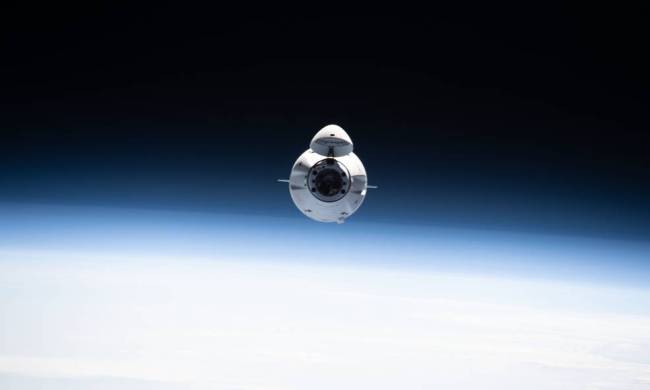
Tiny insect-inspired robot has speed of a cockroach and agility of a cheetah
Scientists from the University of Berkeley have taken inspiration from insects to design a fast, agile, tiny robot with sticky footpads.

See and hear China’s Zhurong rover exploring the surface of Mars
The China National Space Administration has shared video and audio footage of the Zhurong rover in action on the surface of Mars.




























